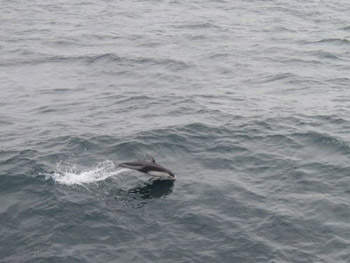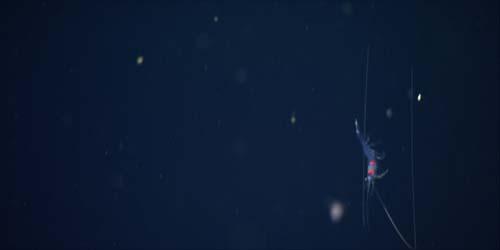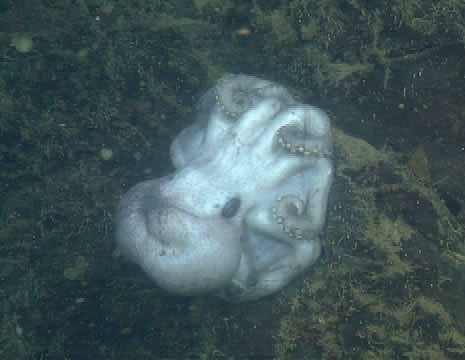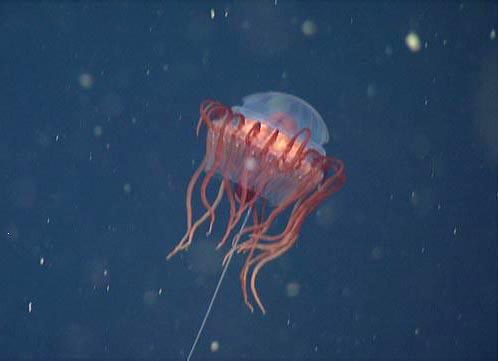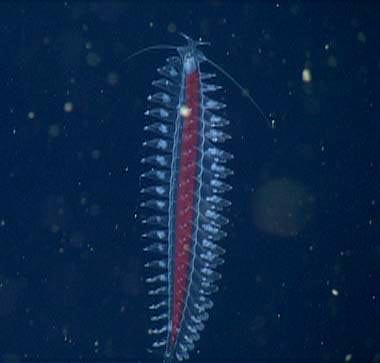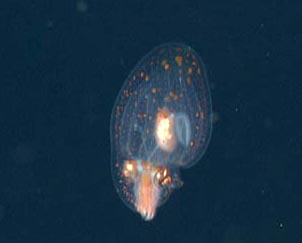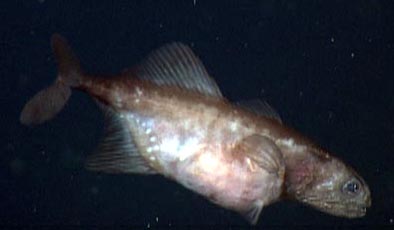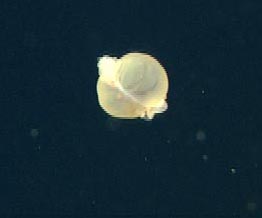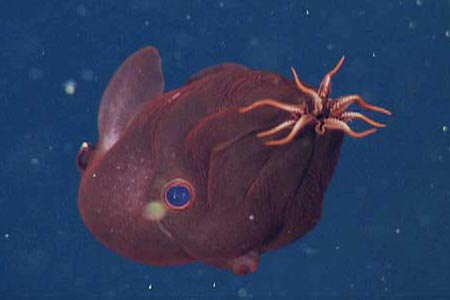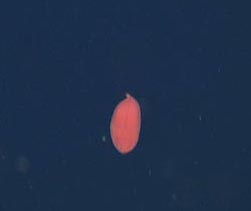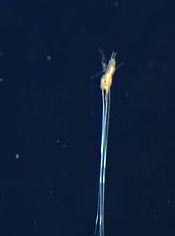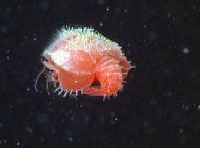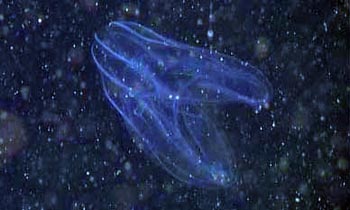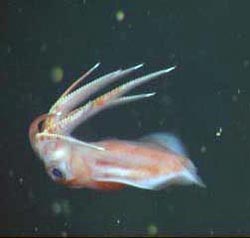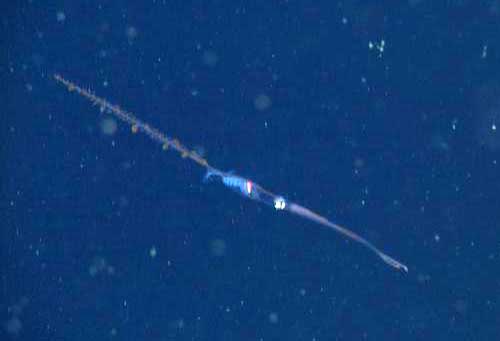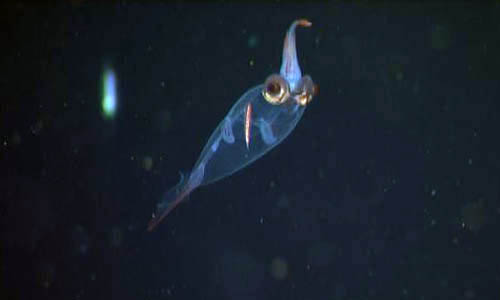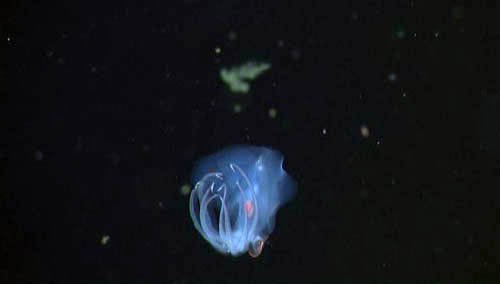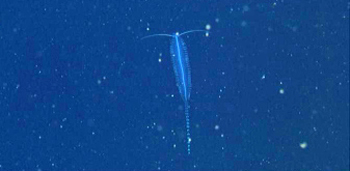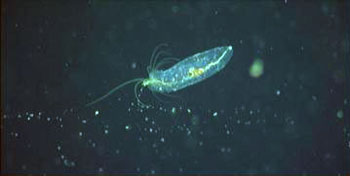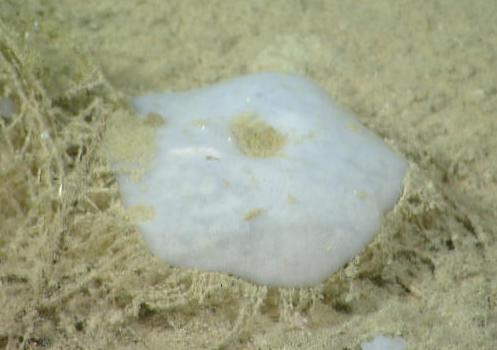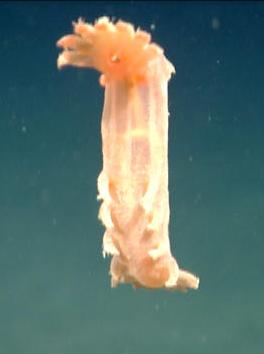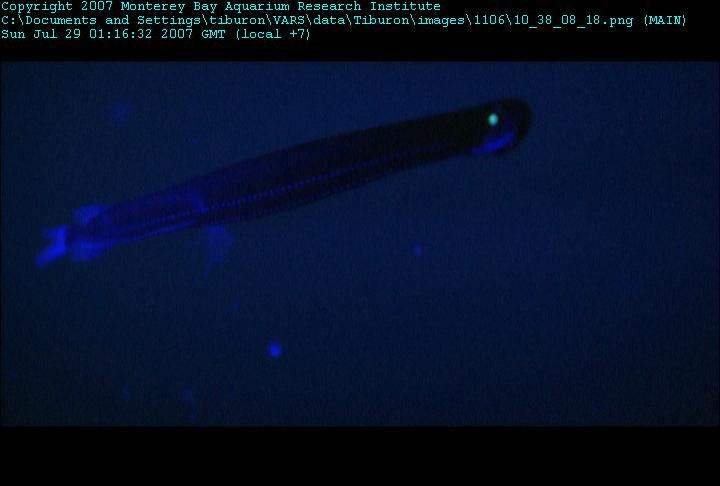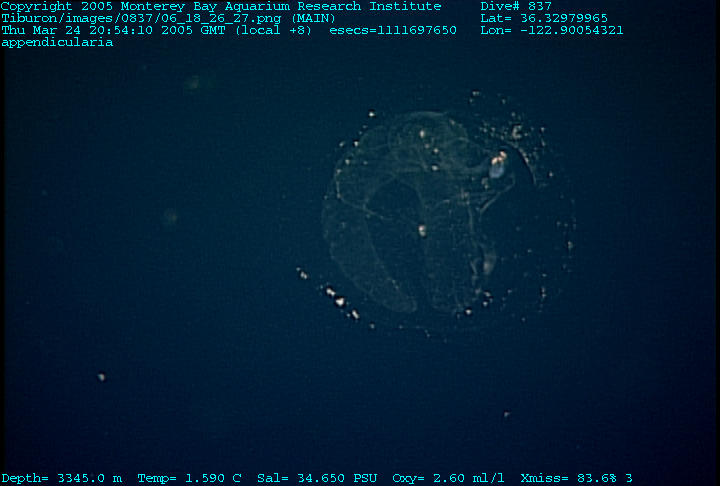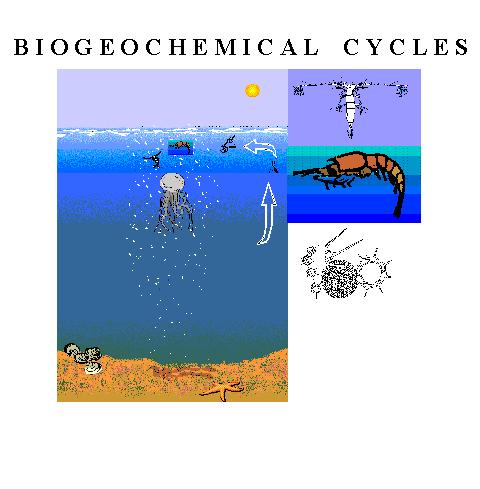 | Midwater ecology in west Pacific |
Pacific white-sided dolphin: These dolphins live along the western coast of North America, from Alaska to Baja California. They love to play in the wake of boats, and are known for their entertaining aerial acrobatics |
Monterey Canyon.Sergestes similis swimming downward at 350 meters |
Monterey Bay.Latitude 36o 42.1905 N Longitude 122o 2.9280 W. A deep-sea octopus, Graneledone boreopacifica, brooding her eggs on a vertical face of a large rock outcrop at 1,400 meters.Graneledone boreopacifica brooding eggs on an outcrop in Monterey Canyon |
Monterey Bay.Histioteuthis heteropsis squid |
Monterey Bay.Latitude 36o 41.8792 N Longitude 122o 2.9929 W. The jelly Atolla is a coronate with a long trailing tentacle in addition to many short tentacles |
Tomopteris is a genus in which there are many species. This individual has a red gut, which may be due to its diet |
2,300-meter site.Latitute: 36є 36.3159 N Longitude: 122є 9.5354 W The midwater octopod, Japetella |
Chiasmodon niger can swallow prey similar to its own size. |
The Pigbutt worm, Chaetopterus pugaporcinus is an unusual variation of a segmented polychaete worm |
Oxygen minimum zone 1200 meters of Monterey Canyon. Latitute: 36║ 41.8792 N Longitude: 122║ 2.9929 W Vampyroteuthis infernalis |
almost 3,000 meters deep. Nemerteans are neither worms nor fish, although they look a bit like both. They are unique enough to belong in their own phylum. Over the course of the dive we added two undescribed species of "spider", and a medusa in the genus, Chromatonema that weÆve only seen once before. The bathypelagic (deep open) ocean comprises a tremendously large habitat in the world ocean, extending from ~ 2,000 to 4,500 meter depths. Dr. Bruce Robison and the rest of us in the midwater lab are very interested in bathypelagic biodiversity and, while we learn a tremendous amount with each dive we make, we have only scratched the surface. |
Munnopsid isopods arenÆt spiders at all, but you can see how they got the name |
the 1400 meter site in Monterey Canyon |
the transects at 100 meters depth intervals between 200 m and 1000 m. Bolinopsis is a lobate ctenophore collected for KimÆs respirometry experiments |
1200 meters. Octopoteuthis deletron has arm tips that can flash with light |
Chiroteuthis calyx juveniles have a long, sword-like tail that is dropped as it matures. One aim in my research on the age and growth of midwater animals is to validate increment deposition in squid statoliths. Statoliths are aragonite structures in the cartilaginous brain of squid. They are small (1-2 mm, even in Architeuthis!) and they are even present in the squid when the squid is still inside the egg. |
Galiteuthis phyllura has a clear body covered in chromatophores (pigmented organs) that can expand to make the squidÆs body appear to go from clear to red |
Small juvenile Octopoteuthis deletron |
Although itÆs hard to tell here, this was the largest Tomopteris |
At 1800 m. Poeobius meseres is a suspension feeder |
Pelagic-Benthic Coupling from 4000 meters deep |
Cucumber |
The depths of the Pacific Ocean off the California coast.- Dragon Fish (which we believe was Photostomias sp.) |
|
|
2900 meters blow the surface. One animal we came upon was called a crinoid (also called "sea lilies") which is a type of enchinoderm |
Phytoplankton (left to right) Dinophysis dinoflagellate, Cocolithophore, Chaetoceros centric diatom, Asterionella diatom. SEM images by Kurt Buck |
Biogeochemical Cycles |
the depths of the Pacific Ocean off the California coast. The organisms that we are most interested in collecting are ctenophores, siphonophores, radiolarians, cephalopods, and amphipods that live on gelatinous zooplankton
http://faculty.washington.edu/cemills/Ctenophores.html
http://www.siphonophores.org/
http://www.radiolaria.org/
http://www.thecephalopodpage.org/
MBARI source
Climate and deep-sea communities
MBARI Projects
